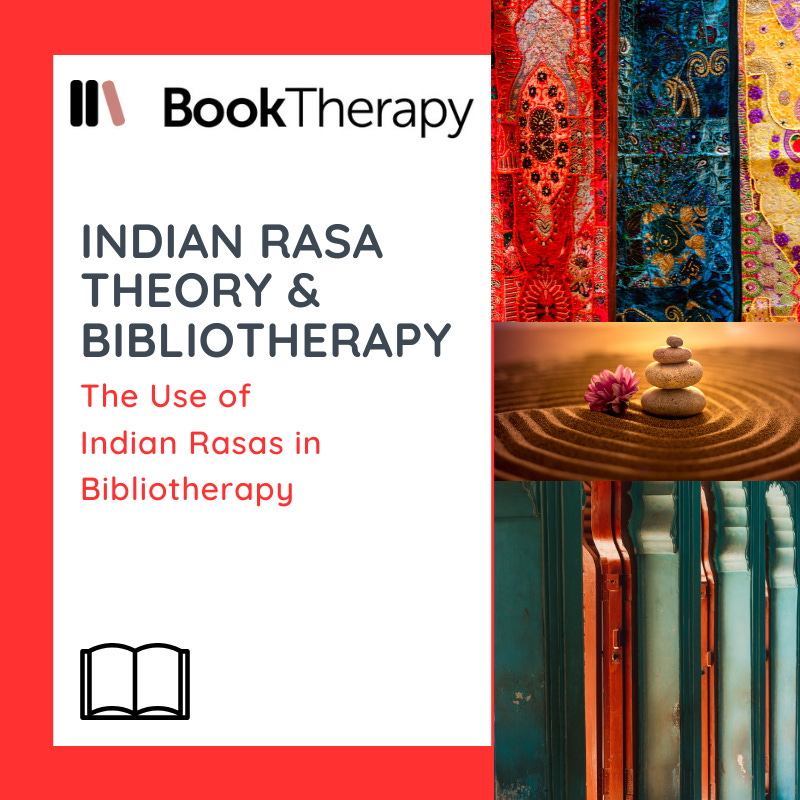Indian Rasa Theory & Bibliotherapy
Voicenotes from Me, Your Resident Bibliotherapist. Podcast +Transcript
PODCAST
Listen to the podcast episode here.
TRANSCRIPT
Indian Rasa Theory and Bibliotherapy
Welcome to today’s episode of Bibliotherapy with Bijal Shah I’m your host, Bijal and I’m thrilled to have you join me as we explore the fascinating world of Indian Rasa Theory and how it connects with the transformative practice of bibliotherapy. In the next 10 minutes or so, we’ll dive into the wisdom of ancient Indian aesthetics and discover how it enhances our emotional well-being through literature. Stay tuned until the end for a special discount on a course that takes this journey even further.
What is Indian Rasa Theory?
Let’s begin with Indian Rasa Theory, a cornerstone of Indian art and literature. The word Rasa in Sanskrit means "essence" or "emotion." It refers to the flavours of experience that art can evoke in us. This theory was first described by Bharata in the seminal Indian text Natya Shastra nearly two thousand years ago. Its premise was that when we experience a play, a poem, or a painting that triggers a feeling a deep emotional resonance – we call this Rasa. Not so dissimilar to the Ancient Greek comedies and tragedies which evoke feelings of humour or sadness.
There are nine primary Rasas, or emotions, each representing a unique human experience. These are:




